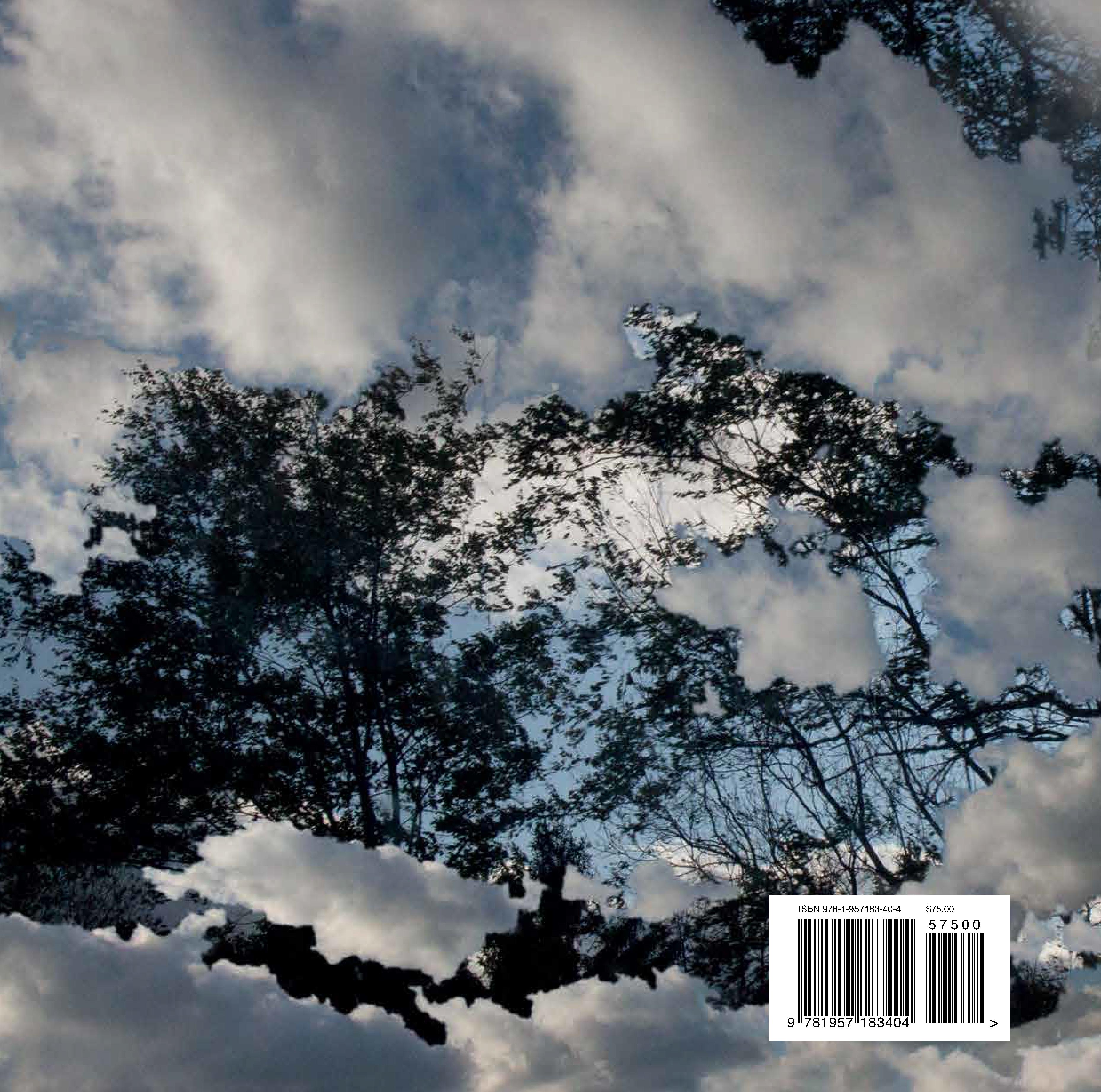ORO Editions




Introductions
Michael Webb 6
Craig Krull 12
Jenny Okun 18
Essays
Griff Rhys Jones 40
Thea Musgrave 45
Richard Sparks 49
Lee Holdridge 50
Kathy Lette 53
James Forrest 54
Annie Gatti 57
Steven Reich 62
Caleb Leech 65
Tania Compton 66
Gus Christie 70
Historical Quotes
Georgia O’Keeffe 81
Maya Angelou 82
Eric Newby 85
Sara Donati 86
Chris Bonnington 89
Pablo Picasso 91
Jules Verne 93
Lord Byron 94
John Muir 98
Edgar Allen Poe 101
William Shakespeare 103
Alberto Giacometti 107
Vincent van Gogh 108
Thomas Jefferson 111
e. e. cummings 112
Lawren Harris 114
Alfred Wainwright 117
Sylvia Plath 118
Langston Hughes 121
Lucien Freud 122
Albert Einstein 125
Arthur C. Clarke 126
Carl Reiner 129
Vladimir Nabokov 131
Marina Warner 133
Charles Dickens 135
Emily Carr 137
Marc Chagall 139
Jenny Okun 140
John Denver 140
Tom Paxton 140
Art and Landscape by Jenny Okun 144
Contributors 154
Acknowledgments 158

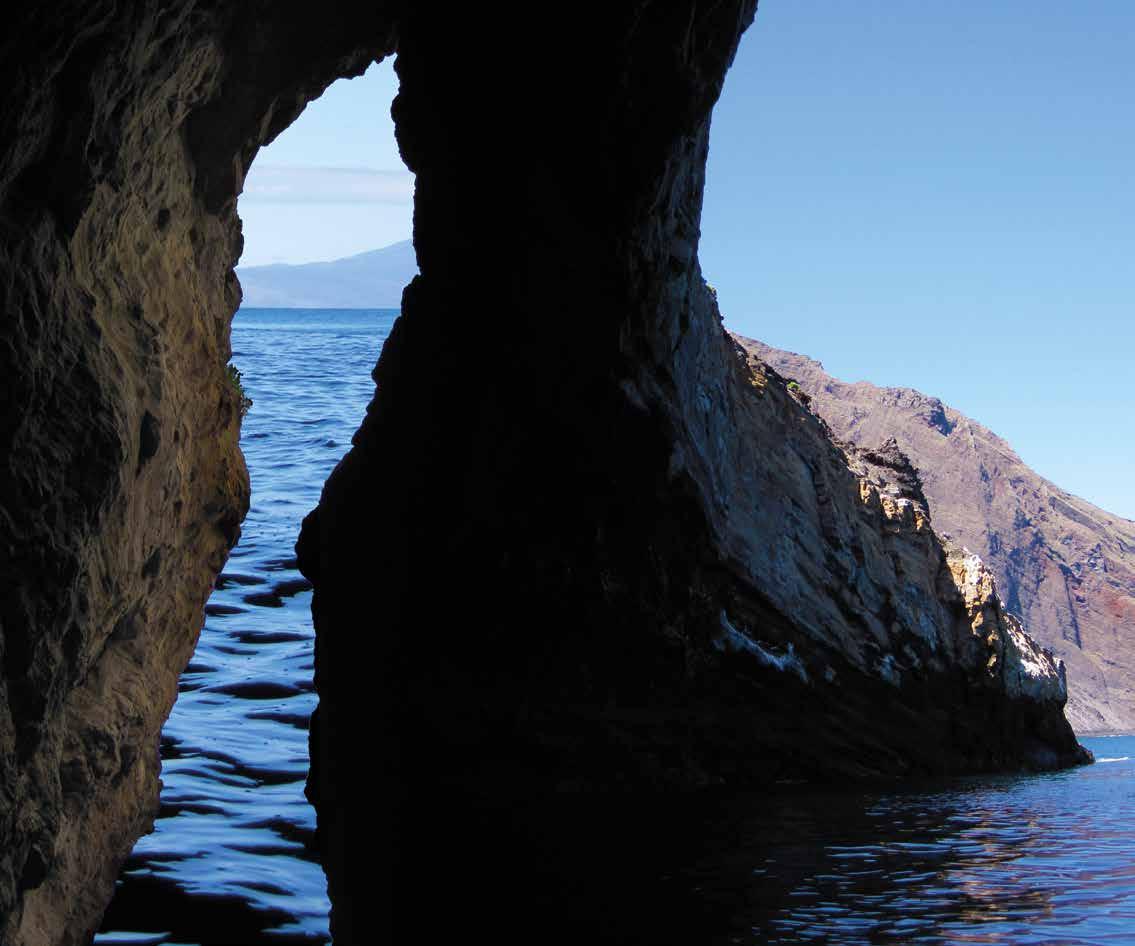

The trajectory of photography took a dramatic shift around the 1970s. Partly influenced by the advent of Conceptual Art, which questioned the nature of art-making itself, photographers explored and experimented with the physical properties inherent in the photographic process. Perhaps most importantly, they questioned what seemed to be an accepted belief that photographs told “the truth.” Even the word “photographer” was changed to “photo-based artist” in order to suggest the new range of possibilities. These artists recognized that photographs were actually an invented reality, and they began to stage their images in the studio, or within the camera itself.
Jenny Okun’s layered exposures create a synthetic Cubist approach to building a landscape. Since her original method involved advancing the film by small increments in order to create multiple exposures, her images included overlapping areas of overexposure, thus reminding the viewer of the process and properties of the medium. Now, Okun digitally seams her work together and, though we are culturally attuned to this type of practice, her works inject either a fine imbalance, or an odd sense of reconstructed harmony into what we believed to be a “real” landscape. Her work has always defined the point that landscapes do not exist in nature, but only in our minds.


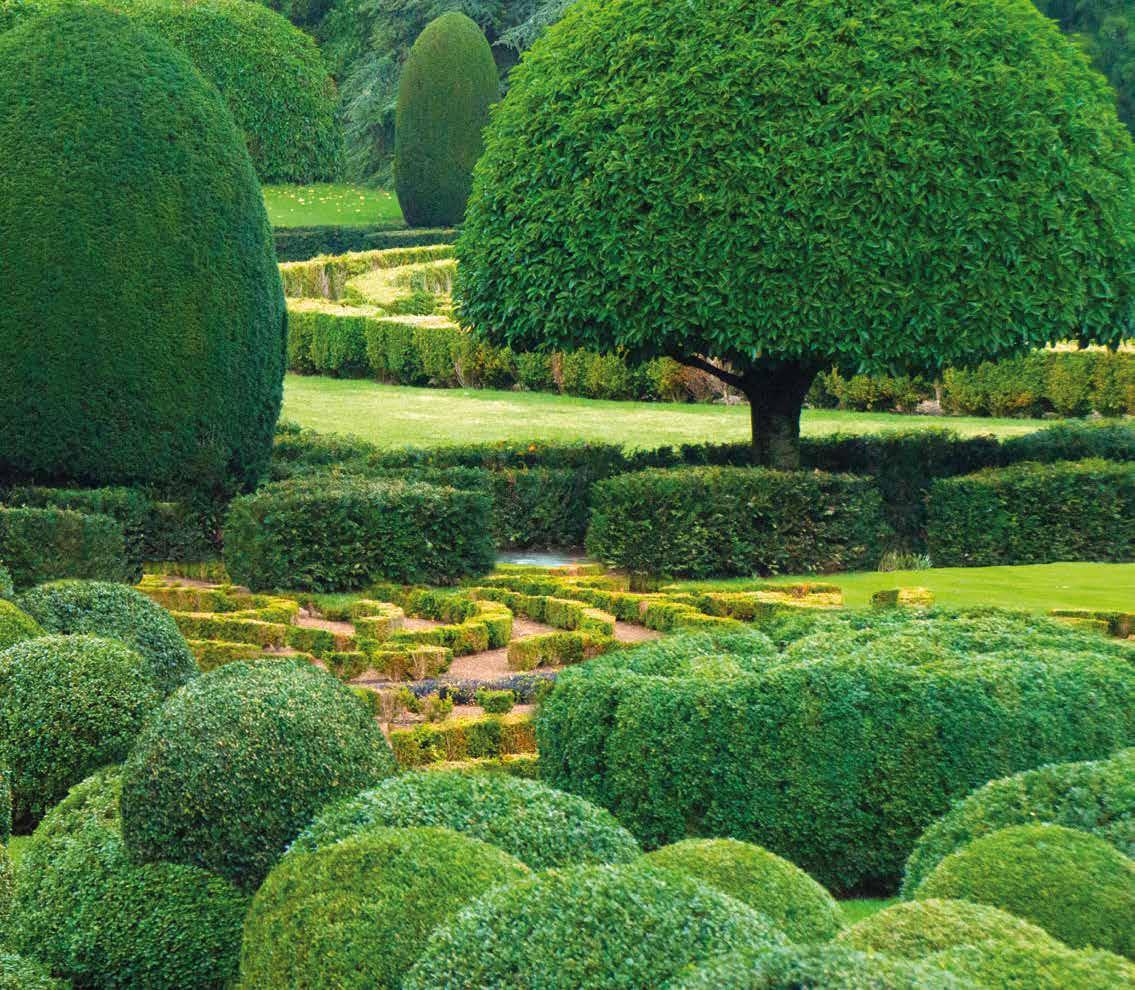
Some images I make magically blend together. It can be hard to distinguish the different layers in the final image. This image was made for the “Out of the Blue” exhibition in the LAX United Terminal. For this exhibition I decided to go for beauty over obvious process.
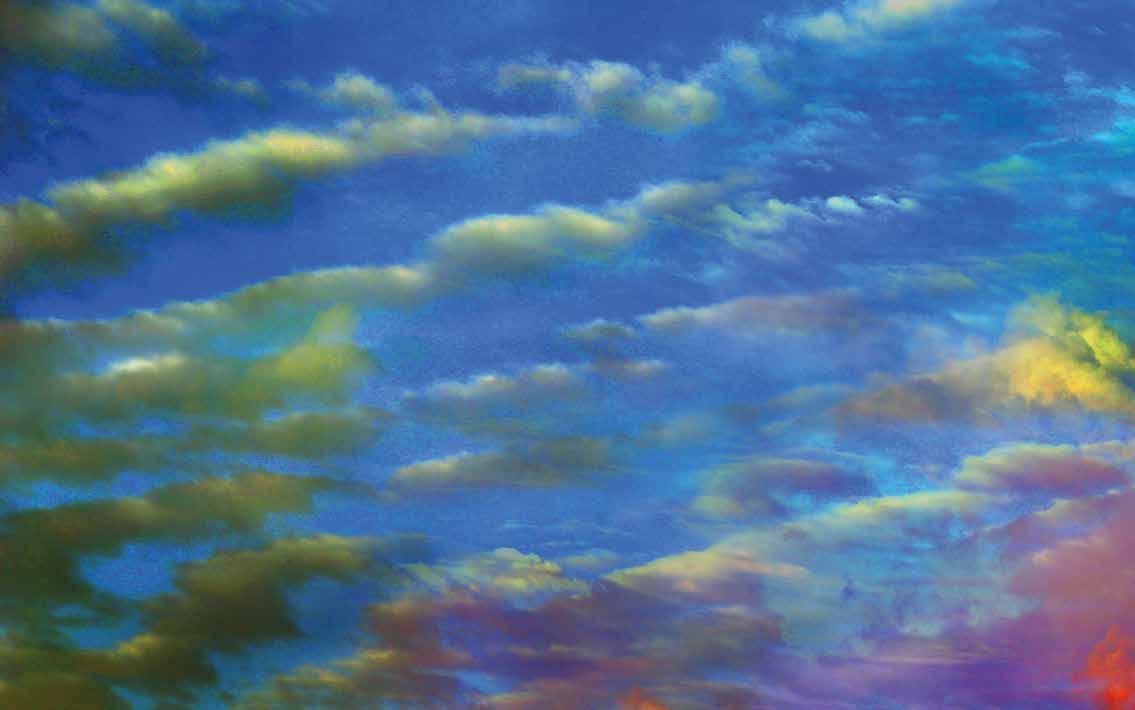
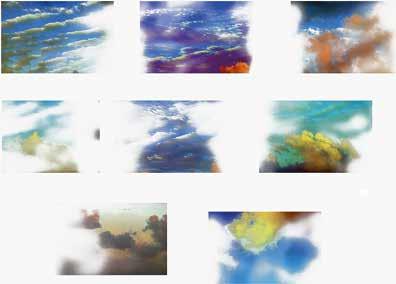
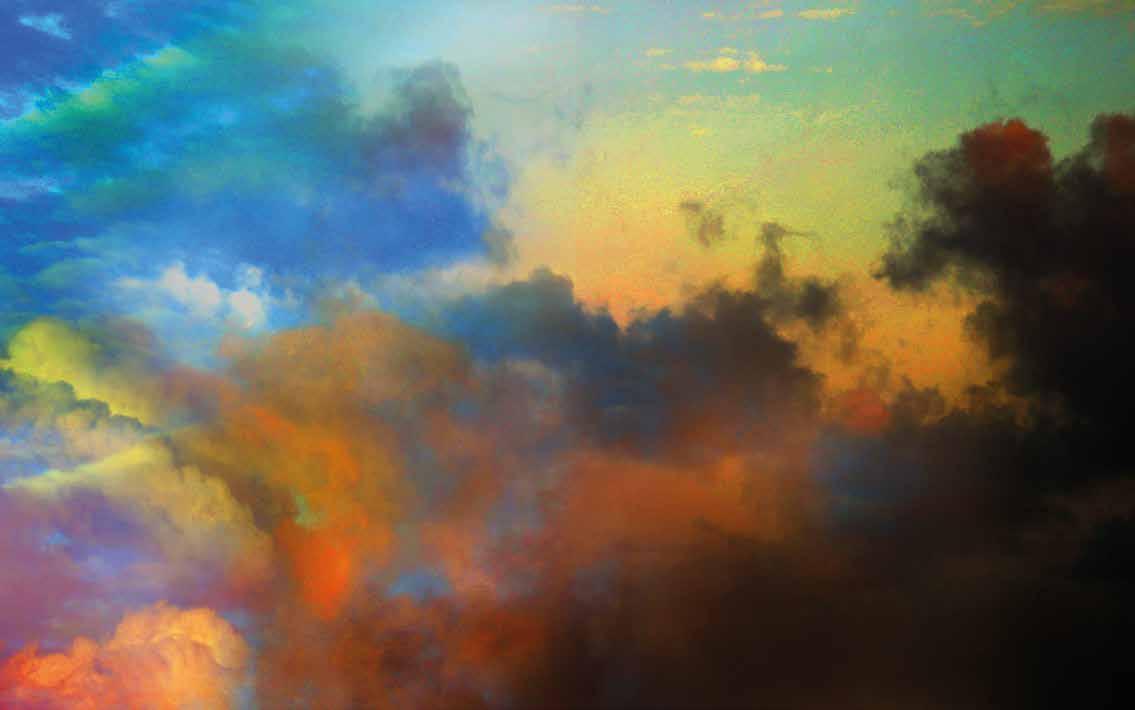


Nature surrounded us in all its glory. This is what I remember about growing up in Costa Rica. The vast array and diversity of ecological zones attracted my scientist father and so many other scientists from around the world to come to Costa Rica to study, to research and to hopefully preserve this remarkable ecosystem. The miracle is that the “Ticos” themselves came to appreciate this bounty and amidst so many struggles with dogmatic thinking and unbearable and insatiable greed, they endeavored to do their best to try to preserve and nurture this natural treasure. Years later, working on the opera Dulce Rosa, when I saw Jenny’s photographs and designs for the opera, so many emotions and memories re-awakened within me. I relived being back in that dimension of those hard-working people and their beautiful land. These feelings poured through my mind and found their way into many corners of the score, as I worked to set this tragic and beautiful story to music.

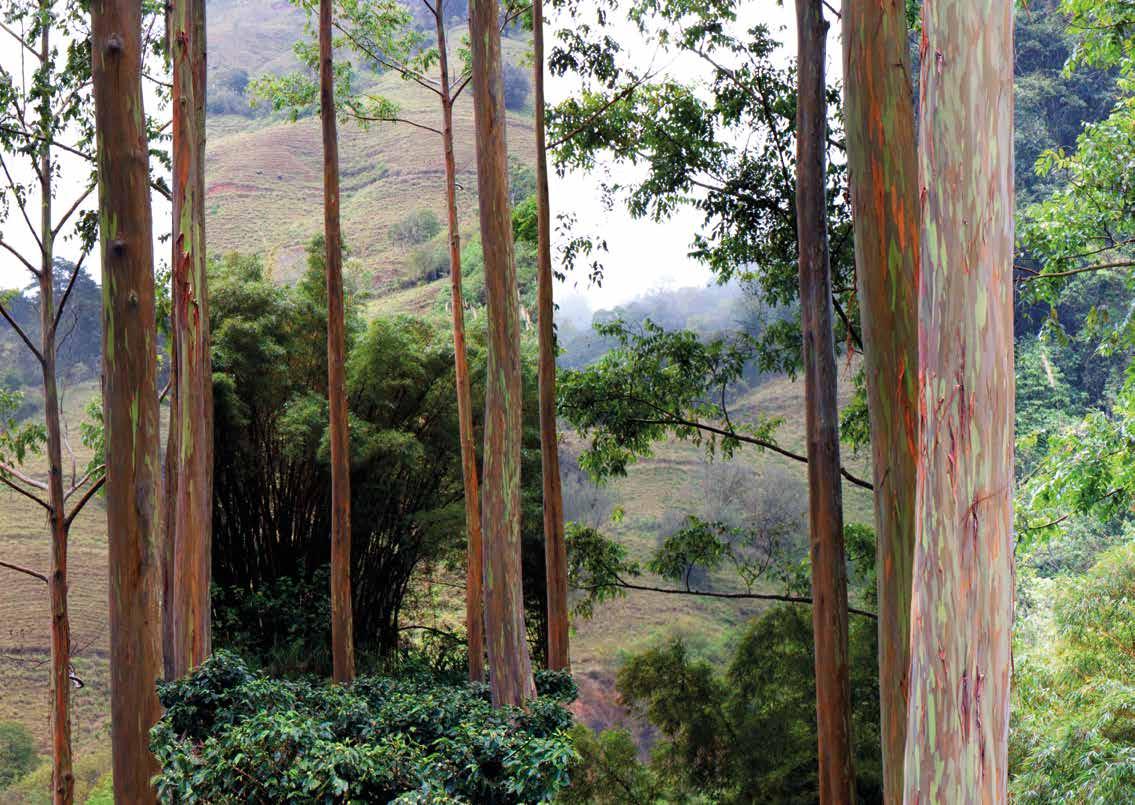

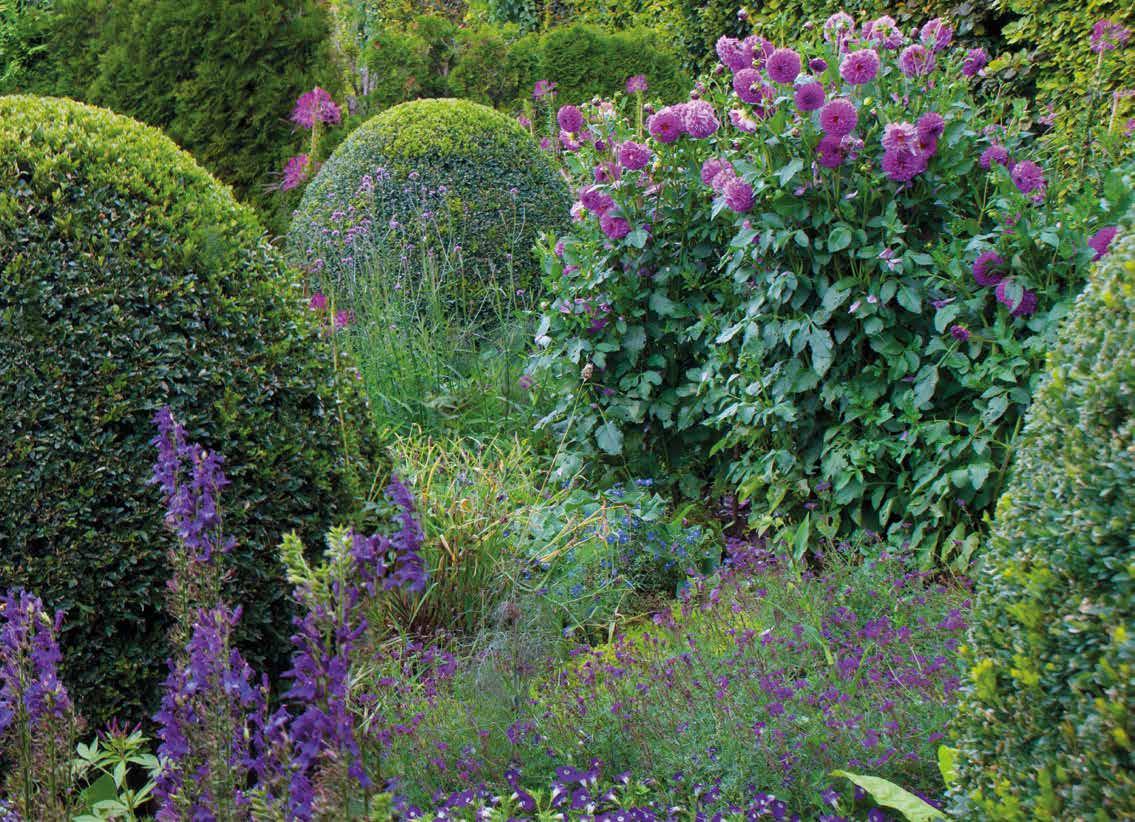

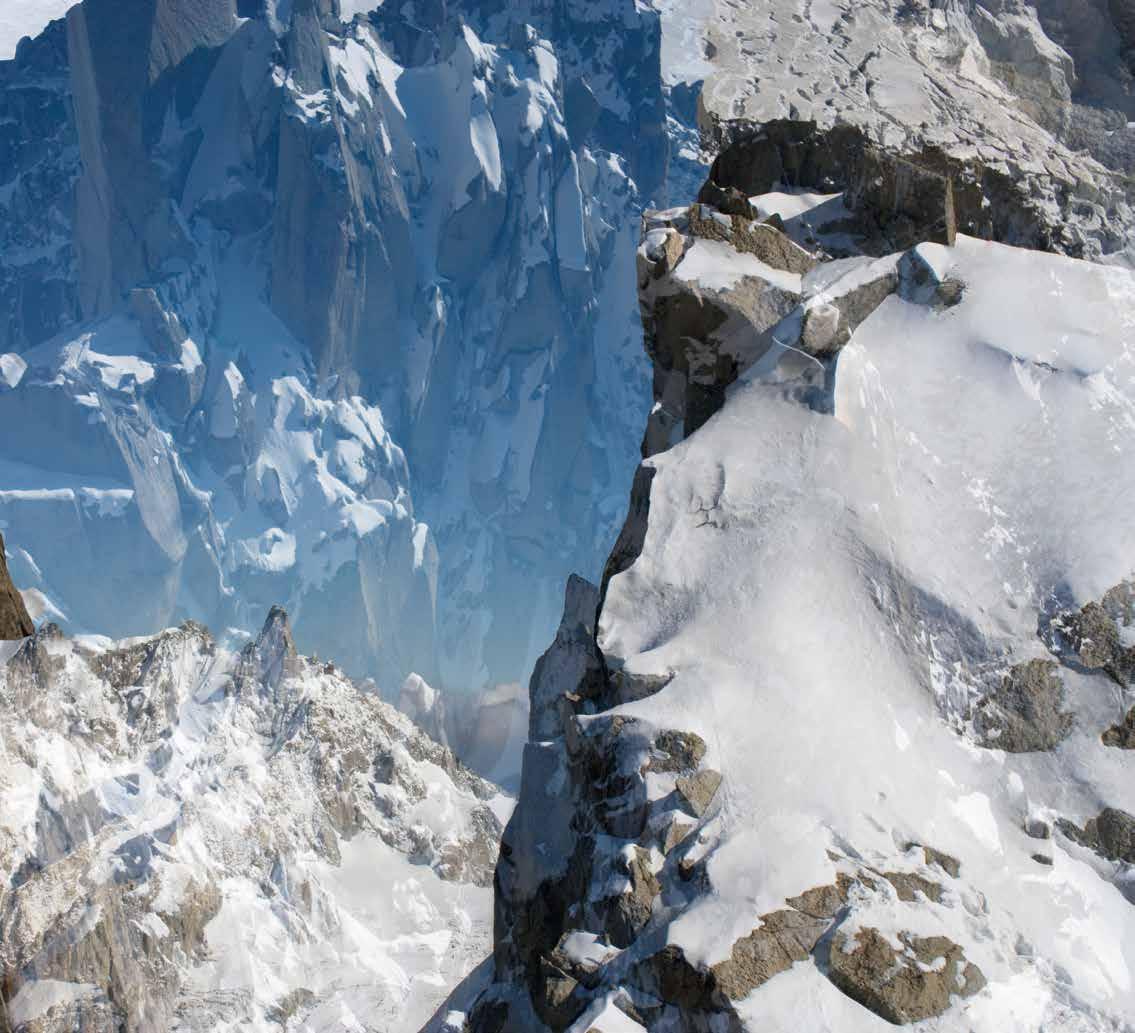
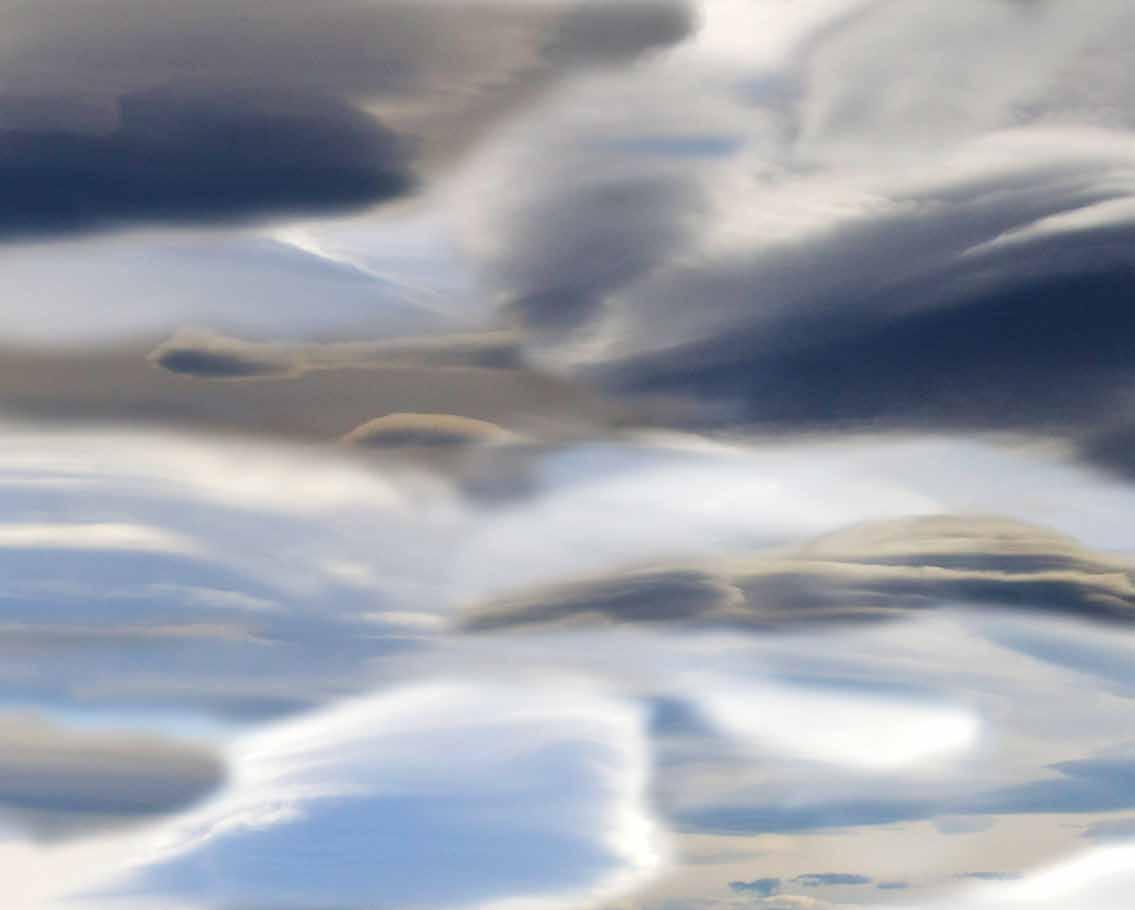
Clouds are the most transient of nature’s creations. They come out of a clear sky, disintegrate before your eyes, vanish. You never see the same cloud twice. Every moment of its brief existence brings a change, a change of form or tint or texture; but its beauty remains constant to the end. The beauty of the clouds is there for us to see every day, if we are not too busy to look up…
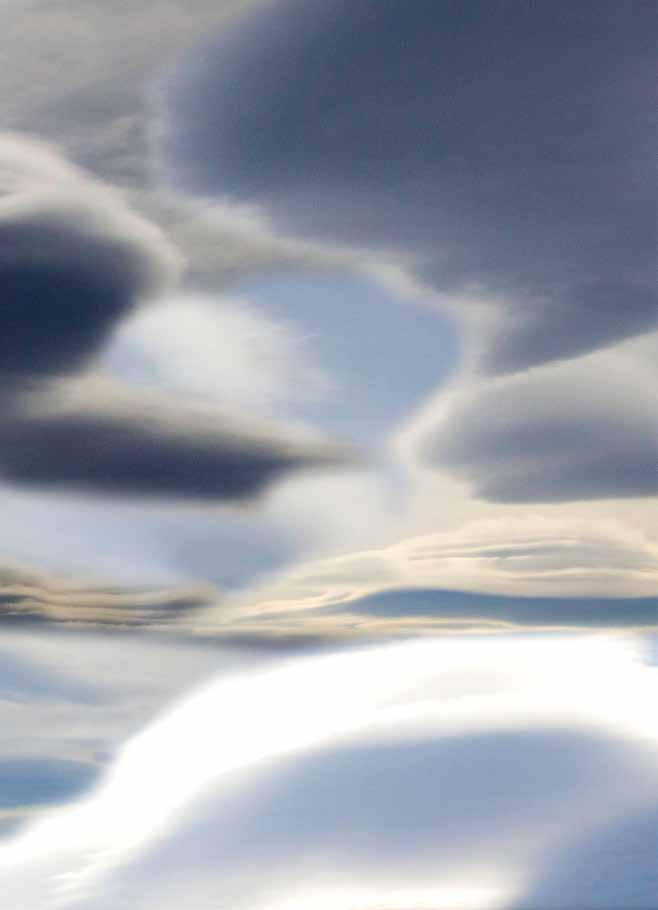 Alfred Wainwright Author and illustrator
Alfred Wainwright Author and illustrator
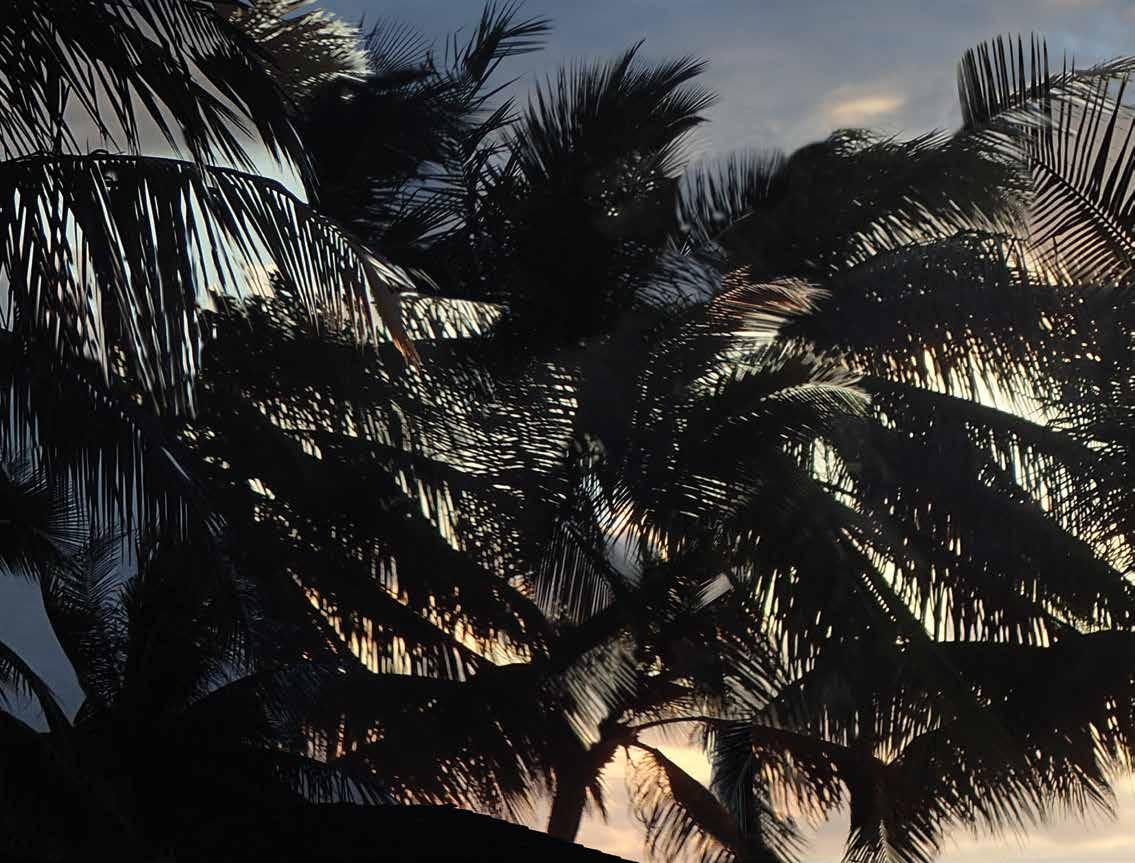
Trees love to toss and sway; they make such happy noises.
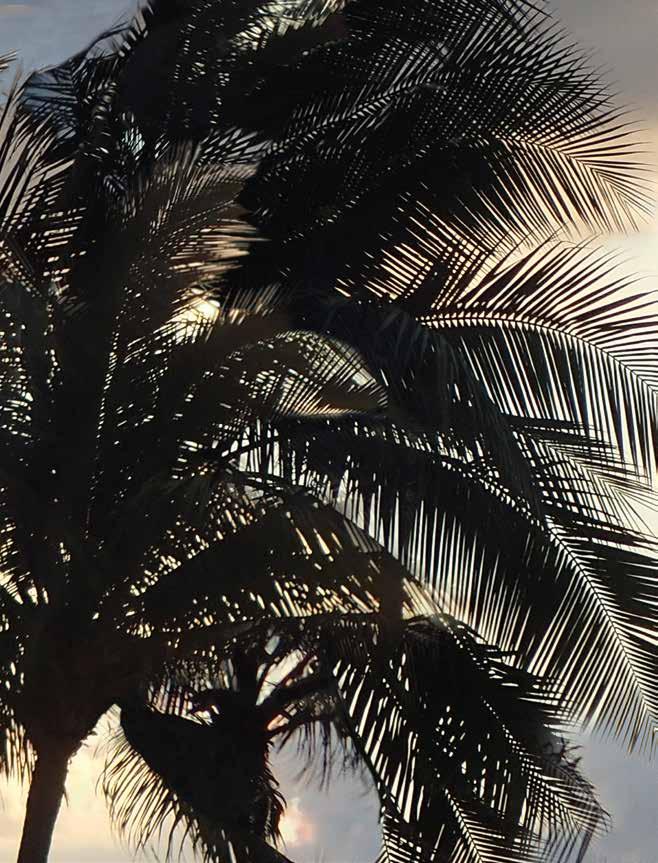 Emily Carr Artist and writer
Emily Carr Artist and writer


